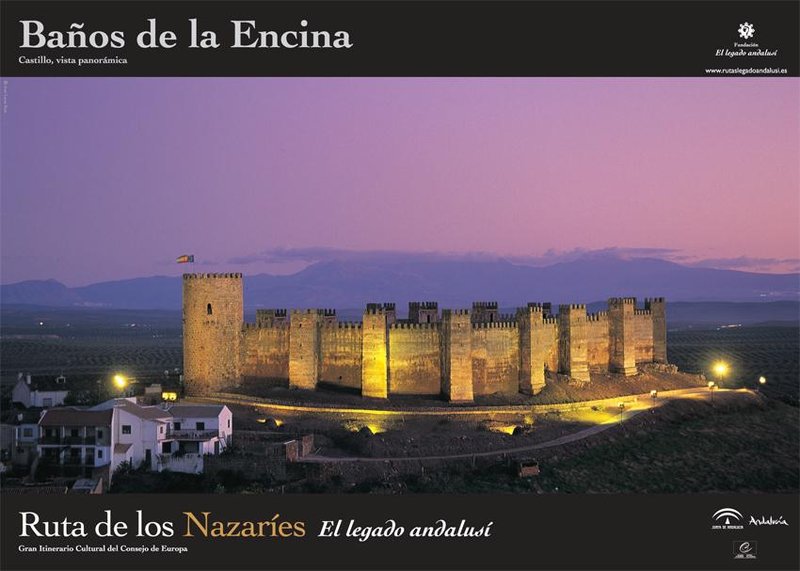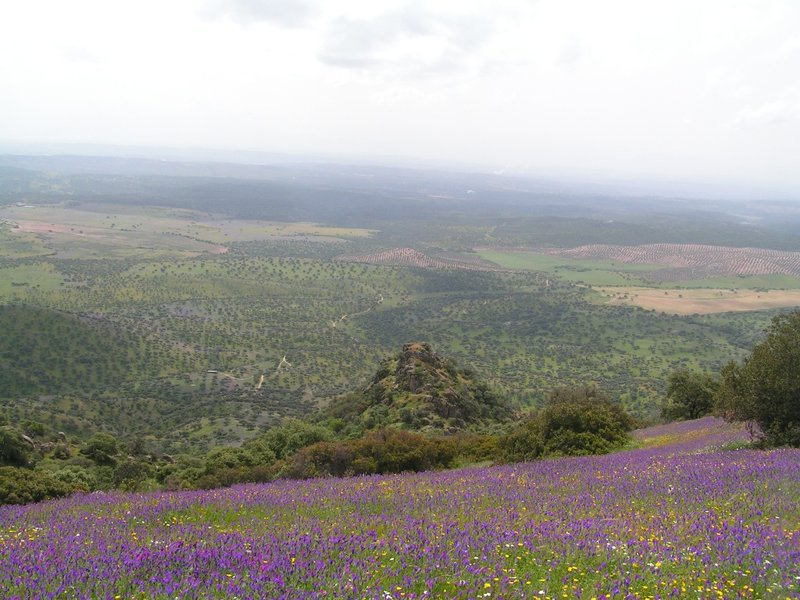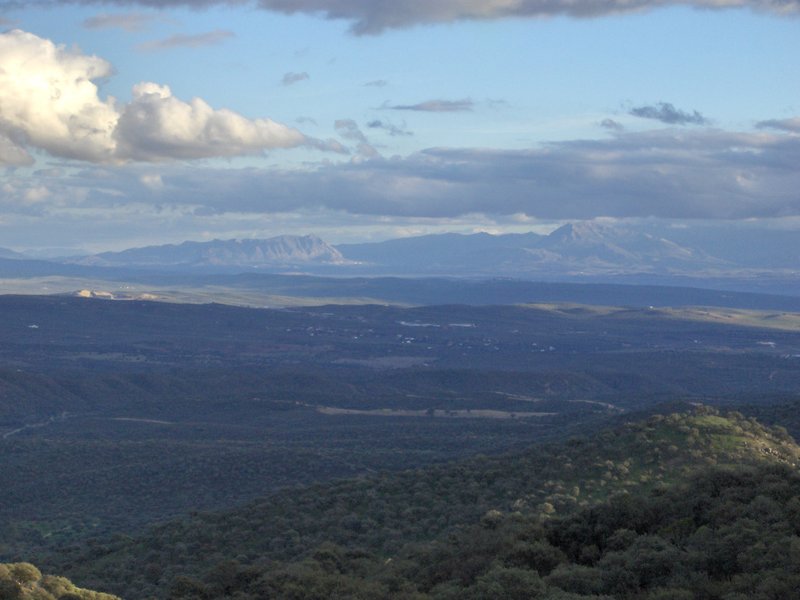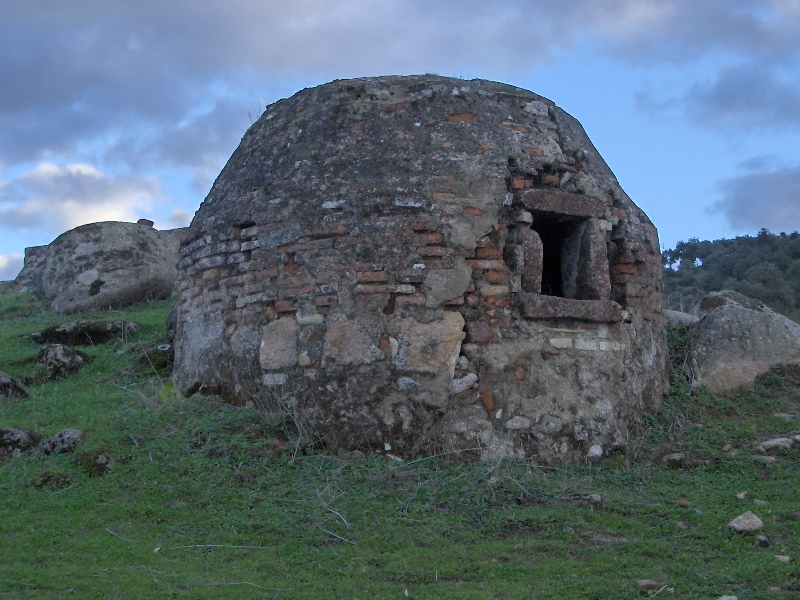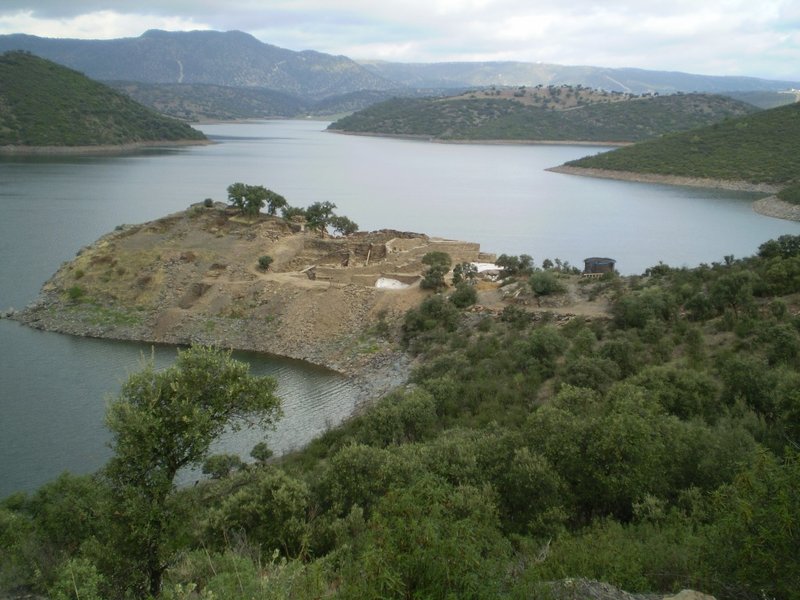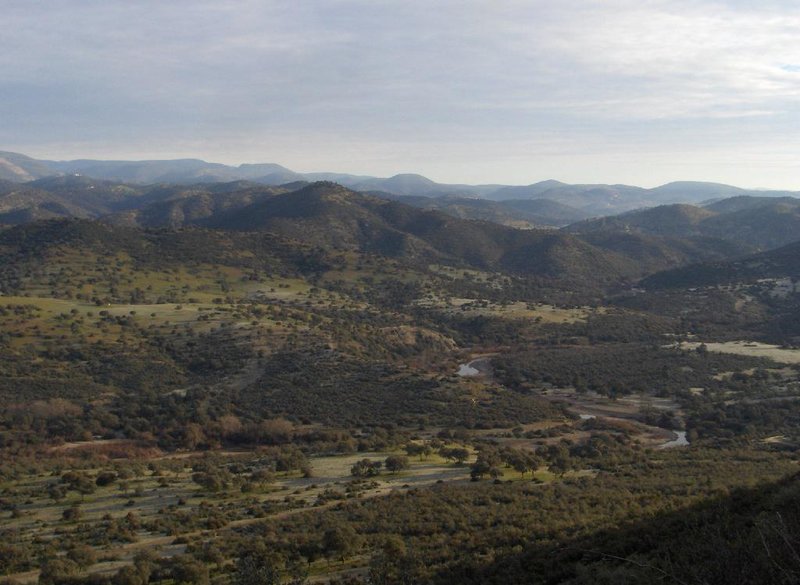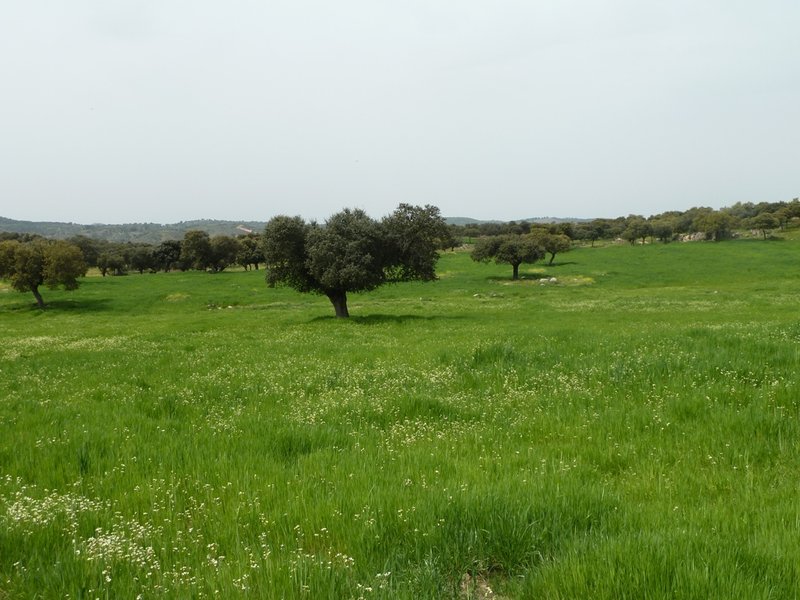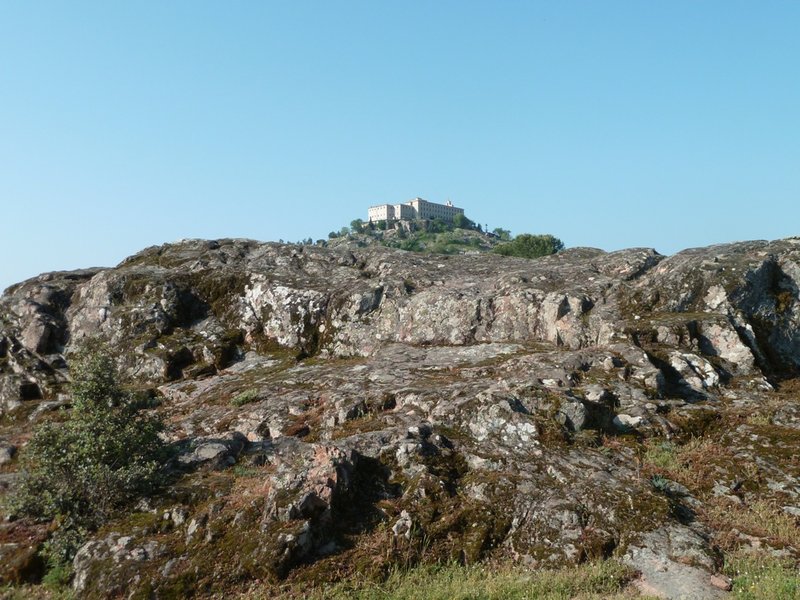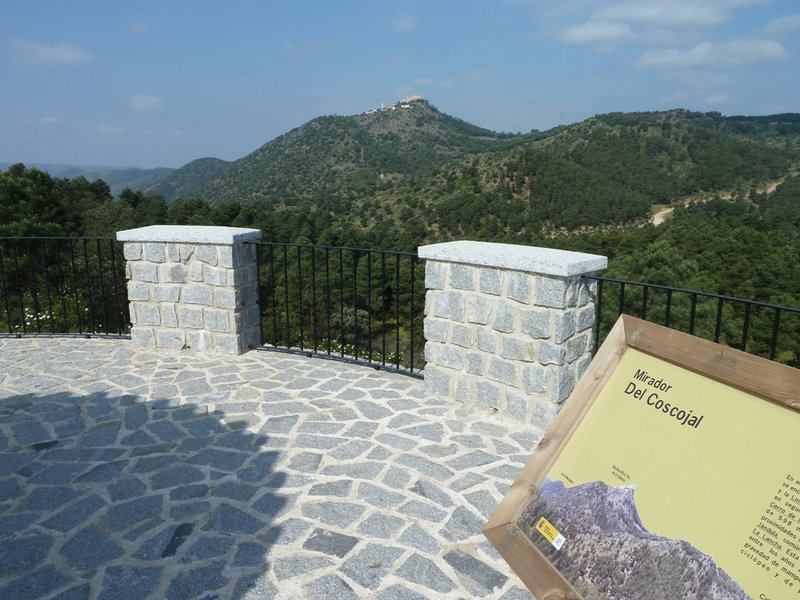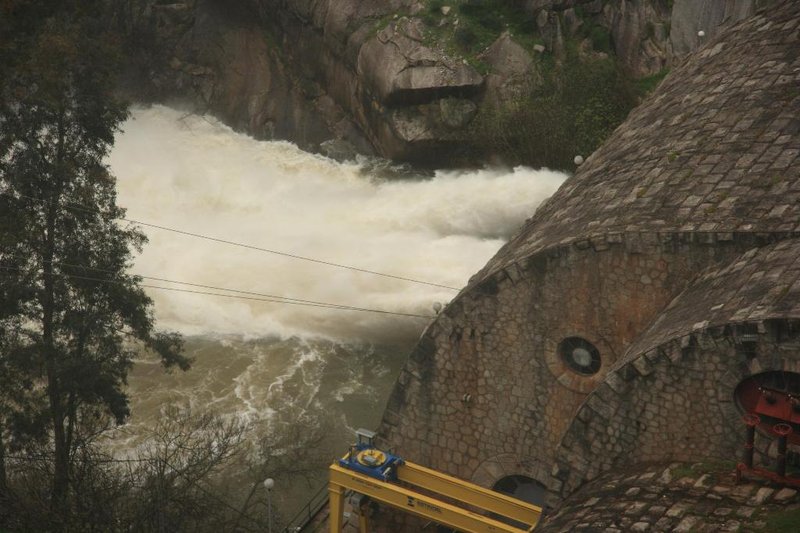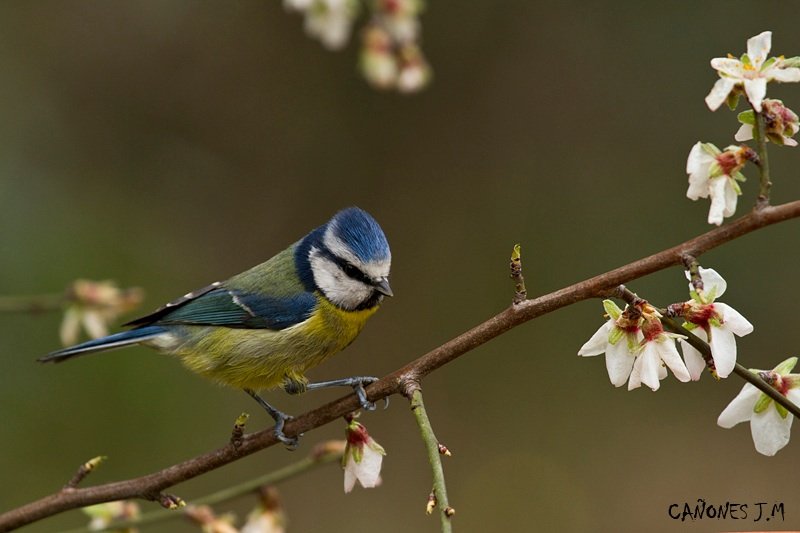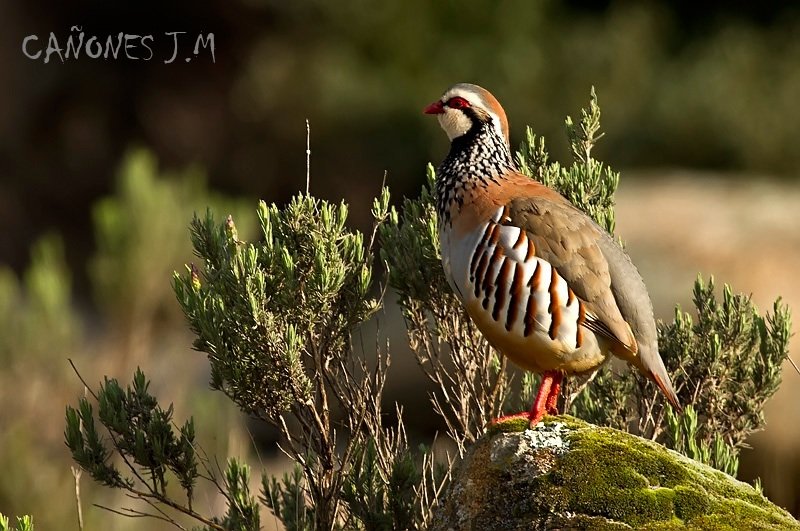Sierra de Andújar

The hills of oak arise as far as the eyes can see at Sierra de Andújar, as colossal steps that rise from the depths of the Guadalquivir Valley to colonise the mount of La Mancha; above the attentive flight of the imperial eagle.
From the north and set among gorges flow the waters from the rivers that make up the backbone of these villages of Sierra Morena: Yeguas, Jándula and, further east, Rumblar. These run along regions of granite, ahead of the neighbour of batholith Los Pedroches, which peeks out from giant holes and screes whose raw material has been used in the vernacular architecture (bramble-topped walls, drinking troughs, columns… and tombs). Occasionally, in the northernmost strip, emerge quartzite crags that point out the proximity to Despeñaperros.
When descending, a more hilly terrain appears. This is the domain of slate coal, a great treasure of the metalliferous seams, formerly a vital activity in this region. At its contact with the Guadalquivir Valley, it leads to islets of sandstone traditionally used in the monumental buildings of the towns of the Nature Reserve.





